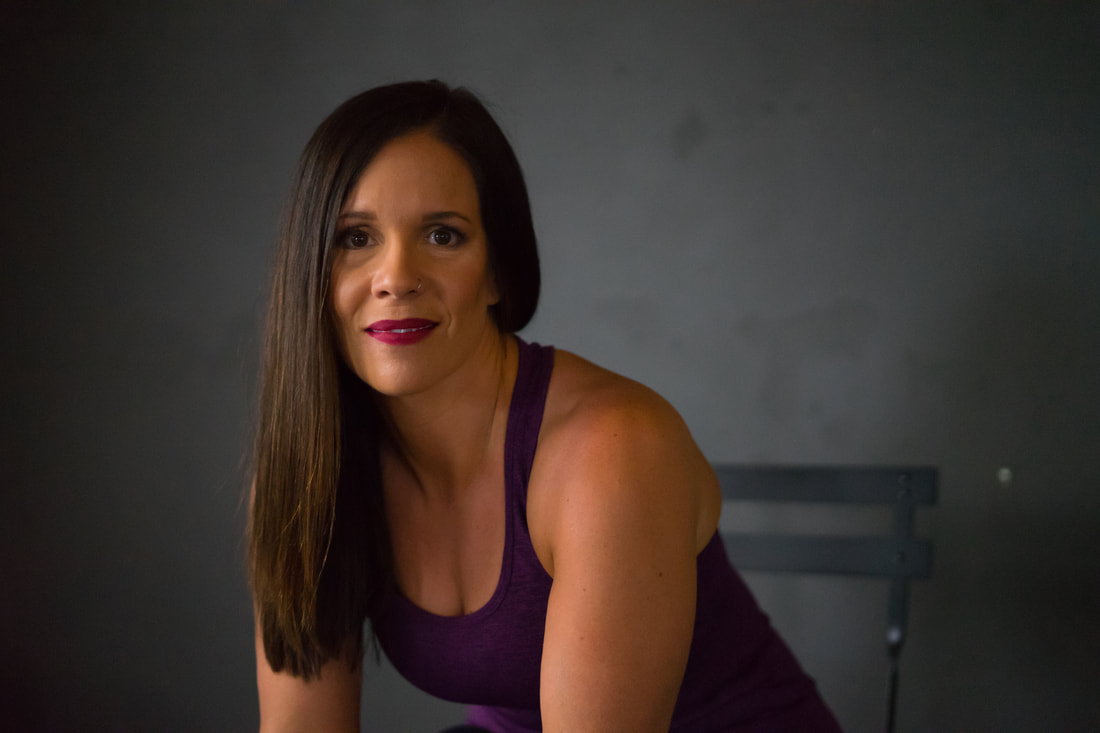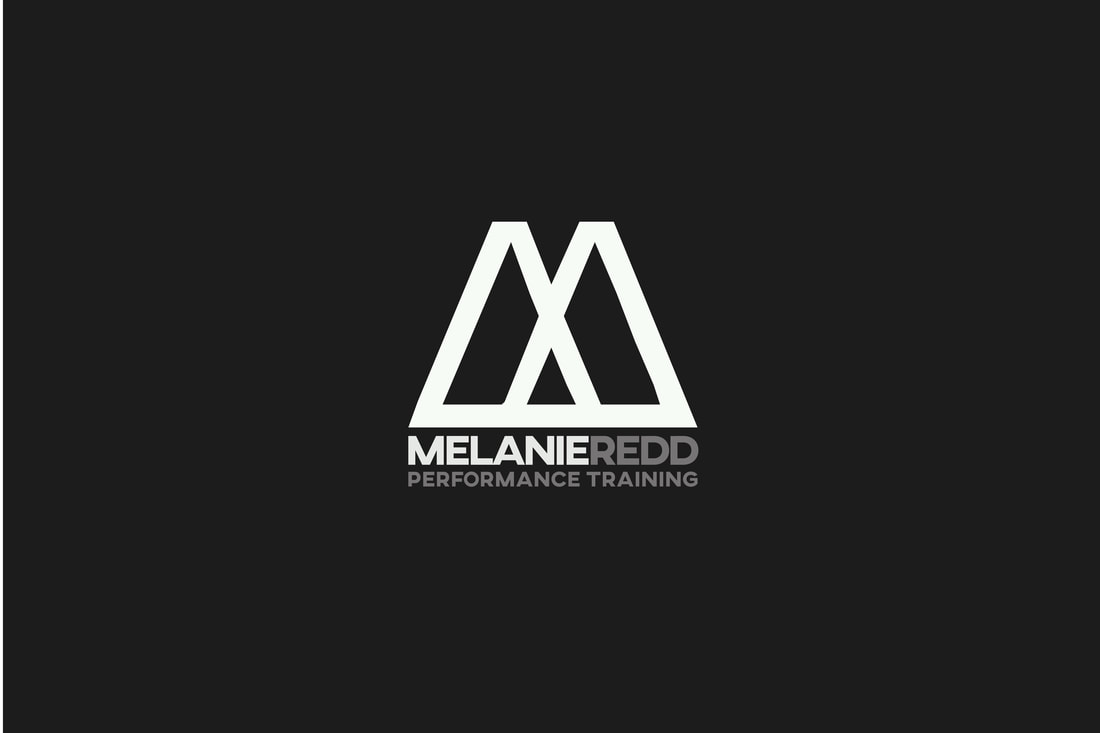Many adults and young athletes have ankle immobility or stability issues and you probably wouldn't know it. When assessing clients, the first thing I look at are the ankles to determine if the ankles are doing their job when the client executes a movement pattern. If the ankles aren't doing their jon, injuries occur. This makes ankle care a critical part of your total joint care routine.
Here are some key points to help you understand ankle immobility and stability.
1. The foot is the first point of contact with the ground in running, sprinting, and changing direction. The foot has to sense the type of surface (hard or soft)and react to the ground forces. The ankle needs to be both stable and mobile enough to act as a spring to propel the body and a cushion for landing. If the ankle is not able to move in its full range of motion, it will try to rob the knee for the mobility it needs to execute movement. This is where many knee injuries occur. Conversely, if the ankle is not stable (think, falling arches) then foot and ankle injuries are likely to occur.
2. Ankles that are either immobile or unstable, are speed, agility and coordination killers! This does not mean that great athletes have completely healthy ankles. Many athletes are great despite immobile or unstable ankles. Even great athletes are at risk of injury and everyone wants an edge, to change direction quicker or to sprint faster.
3. Everyone would like to feel better during workouts, practices and games. If an athlete or client is complaining of lower body exercises being uncomfortable, it could be an ankle problem. If they can’t get low enough into a stance, it could be an ankle problem.
4. Prolonged bracing/taping of ankles, post injury and high top shoes contribute a great deal to ankle immobility. Simply wearing low top shoes and discontinuing bracing and taping won’t improve ankle mobility, though that is the first step. It’s critical that athletes stop bracing uninjured ankles. Again, overuse of braces keep the ankles immobile and is a big factor in knee injury. See #1.
5. Tight calf muscles can also lead to ankle mobility issues. Spending some time foam rolling the calves before the ankle exercises may be necessary.
YOUR ANKLE CARE PLAN
Spending just a few minutes a day on ankle care can improve ankle health a great deal in just a few weeks. Once ankles reach desired mobility and stability range, these exercises only need to be done a few times a week. All of these exercises can be built into the athletes warm up or they can do them on their own.
1. MOBILITY
Ankle Circles, Dorsiflexion and Plantar Flexion and Wall Mobility Stretch
Click here: https://youtu.be/q77v3iaZBjU
10 circles both ways each foot
10 dorsiflex and plantar flex each foot
Wall Ankle Stretch: 5-10 each side.
When pressing the knee toward the wall, it’s important that the heel of the foot remain in contact with the floor. As the ankle becomes more mobile, over time, move the foot further from the wall, working up to getting the foot 4-5 inches from the wall, and touching the knee to the wall with out the heel lifting and without discomfort.
STABILITY
Resisted Ankle Dorsiflexion, Eversion and Inversion
Click here: https://youtu.be/qEki53jBk-g
10 each foot for all 3.
In Dorsiflexion pull the toe toward the shin. In Eversion, turn the toes out at the ankle and Inversion, turn toes in at the ankle.
Toe and Heel Walks
Just like it sounds. Walk 25-50 yards on the toes and then on the heels.
Click here: https://youtu.be/1GnztIixzlA
Now, go and get those ankles right!
Here are some key points to help you understand ankle immobility and stability.
1. The foot is the first point of contact with the ground in running, sprinting, and changing direction. The foot has to sense the type of surface (hard or soft)and react to the ground forces. The ankle needs to be both stable and mobile enough to act as a spring to propel the body and a cushion for landing. If the ankle is not able to move in its full range of motion, it will try to rob the knee for the mobility it needs to execute movement. This is where many knee injuries occur. Conversely, if the ankle is not stable (think, falling arches) then foot and ankle injuries are likely to occur.
2. Ankles that are either immobile or unstable, are speed, agility and coordination killers! This does not mean that great athletes have completely healthy ankles. Many athletes are great despite immobile or unstable ankles. Even great athletes are at risk of injury and everyone wants an edge, to change direction quicker or to sprint faster.
3. Everyone would like to feel better during workouts, practices and games. If an athlete or client is complaining of lower body exercises being uncomfortable, it could be an ankle problem. If they can’t get low enough into a stance, it could be an ankle problem.
4. Prolonged bracing/taping of ankles, post injury and high top shoes contribute a great deal to ankle immobility. Simply wearing low top shoes and discontinuing bracing and taping won’t improve ankle mobility, though that is the first step. It’s critical that athletes stop bracing uninjured ankles. Again, overuse of braces keep the ankles immobile and is a big factor in knee injury. See #1.
5. Tight calf muscles can also lead to ankle mobility issues. Spending some time foam rolling the calves before the ankle exercises may be necessary.
YOUR ANKLE CARE PLAN
Spending just a few minutes a day on ankle care can improve ankle health a great deal in just a few weeks. Once ankles reach desired mobility and stability range, these exercises only need to be done a few times a week. All of these exercises can be built into the athletes warm up or they can do them on their own.
1. MOBILITY
Ankle Circles, Dorsiflexion and Plantar Flexion and Wall Mobility Stretch
Click here: https://youtu.be/q77v3iaZBjU
10 circles both ways each foot
10 dorsiflex and plantar flex each foot
Wall Ankle Stretch: 5-10 each side.
When pressing the knee toward the wall, it’s important that the heel of the foot remain in contact with the floor. As the ankle becomes more mobile, over time, move the foot further from the wall, working up to getting the foot 4-5 inches from the wall, and touching the knee to the wall with out the heel lifting and without discomfort.
STABILITY
Resisted Ankle Dorsiflexion, Eversion and Inversion
Click here: https://youtu.be/qEki53jBk-g
10 each foot for all 3.
In Dorsiflexion pull the toe toward the shin. In Eversion, turn the toes out at the ankle and Inversion, turn toes in at the ankle.
Toe and Heel Walks
Just like it sounds. Walk 25-50 yards on the toes and then on the heels.
Click here: https://youtu.be/1GnztIixzlA
Now, go and get those ankles right!



